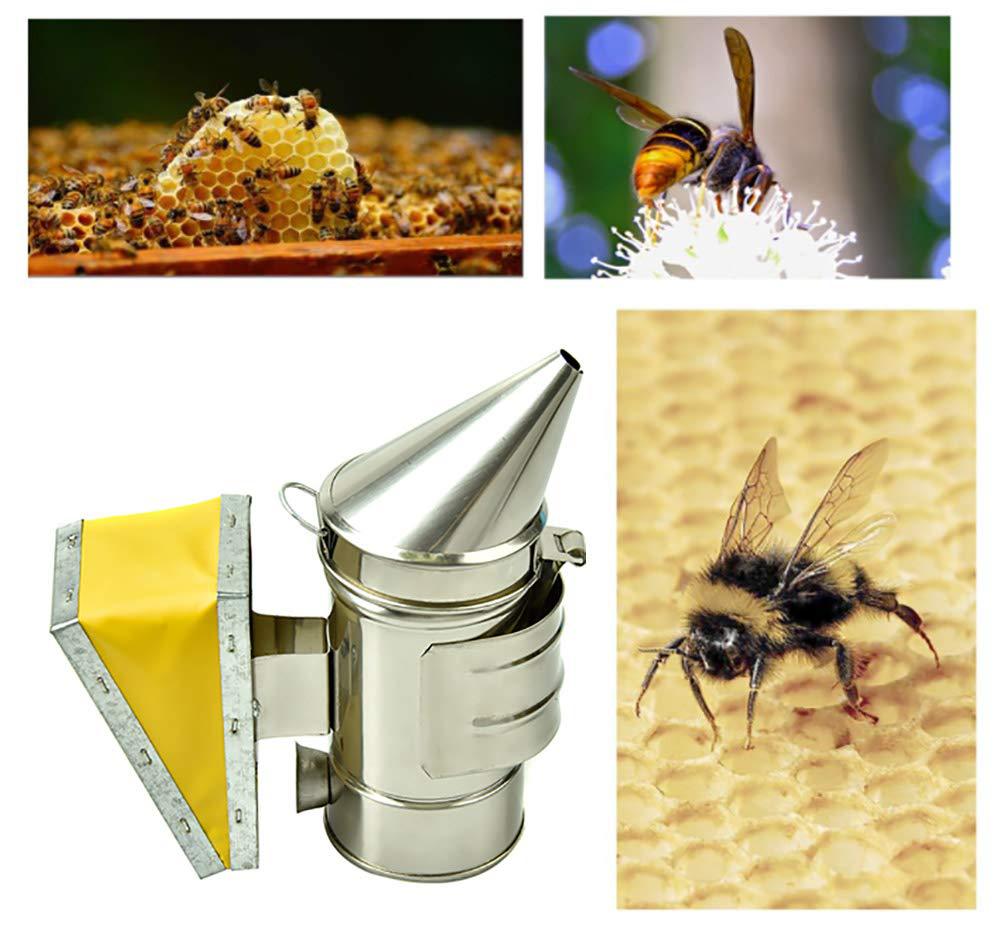Beekeeping is both an art and a science, and one of the critical aspects of hive management is ensuring the health and productivity of your bees. One essential tool in a beekeeper’s arsenal is the Langstroth Pollen Trap. This article will explore the importance of the Langstroth Pollen Trap, its function, and how it can benefit both the bees and the beekeeper.
What is a Langstroth Pollen Trap?
The Langstroth Pollen Trap is a device specifically designed for use with Langstroth hives, which are the most common type of beehive used in modern beekeeping. It is positioned between the brood box and the honey supers, effectively trapping pollen as the bees move between the hive’s different sections.
Why Use a Langstroth Pollen Trap?
Using a Langstroth Pollen Trap offers several benefits:
- Pollen Management: It allows the beekeeper to manage the amount of pollen available to the bees, which can be crucial during times of pollen scarcity.
- Health Monitoring: The Pollen Trap can serve as an indicator of the hive’s health, as a lack of pollen can signal issues within the colony.
- Pest and Disease Control: By controlling the pollen flow, the Pollen Trap can help reduce the spread of diseases and pests within the hive.
How Does a Langstroth Pollen Trap Work?
The Langstroth Pollen Trap works by creating a barrier that bees must pass through to move from the brood chamber to the honey storage areas. As the bees carry pollen on their legs, they must pass through a small gap or a series of bars that knock the pollen off their legs, collecting it in a tray for the beekeeper to harvest.

Benefits of Using a Langstroth Pollen Trap:
- Harvesting Pollen: One of the primary benefits is the ability to collect pollen, which can be used for various purposes, including feeding other hives or even for human consumption.
- Control Over Brood Rearing: By limiting the amount of pollen that reaches the honey supers, the beekeeper can encourage the bees to focus more on brood rearing in the brood box.
- Improved Hive Health: A well-managed pollen supply can contribute to a healthier hive, as it ensures that the bees have the necessary nutrients for proper development and egg-laying.
How to Install a Langstroth Pollen Trap:
- Position the Pollen Trap between the brood box and the first honey super.
- Ensure that the bees have a clear path to pass through the trap, and that the pollen collection area is easily accessible for harvesting.
- Regularly clean and maintain the Pollen Trap to ensure its effectiveness.
Choosing the Right Langstroth Pollen Trap:
When selecting a Langstroth Pollen Trap, consider the following:
- Size: Make sure it fits well with the dimensions of your hives.
- Material: Opt for durable materials that can withstand the outdoor elements.
- Ease of Cleaning: Look for a design that makes it easy to clean and maintain.
In conclusion, the Langstroth Pollen Trap is an indispensable tool for beekeepers looking to optimize their hive’s productivity and health. By understanding its purpose and learning how to properly install and maintain it, you can harness its full potential. The Langstroth Pollen Trap not only helps in managing pollen but also plays a vital role in the overall hive management strategy, ensuring a thriving and productive bee colony.

